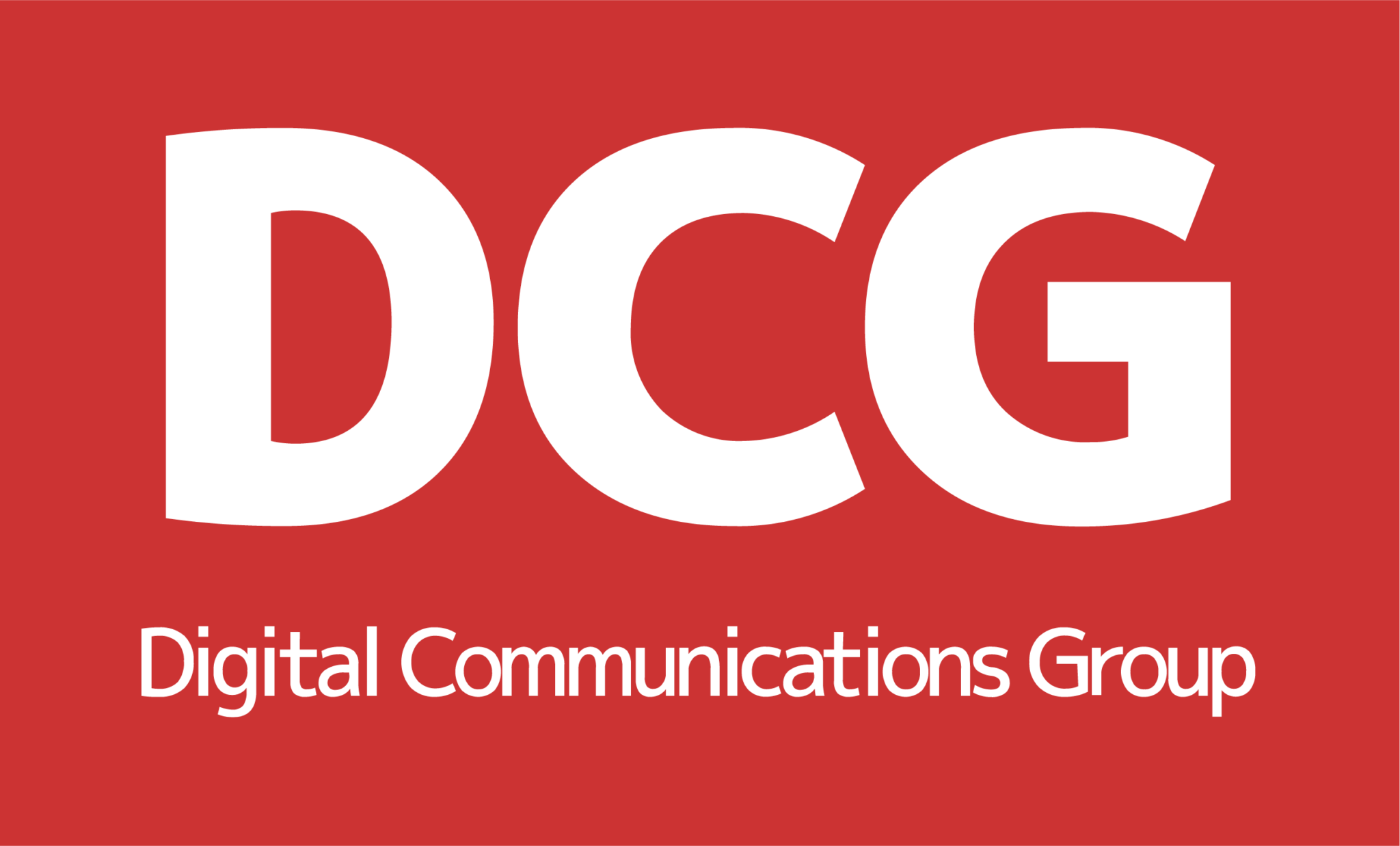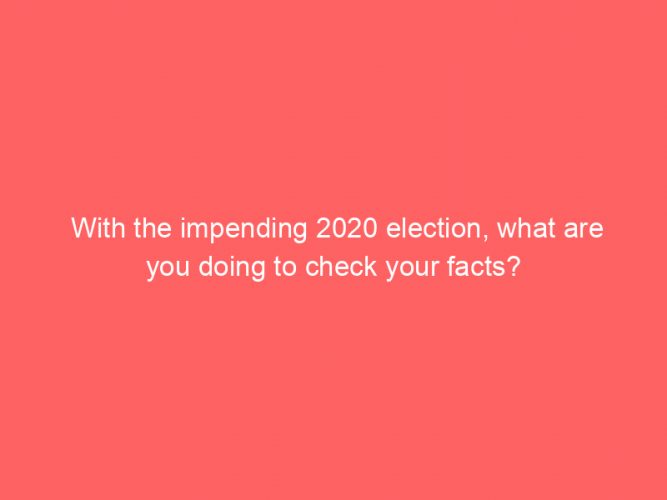With enough time and money, you can do anything — but you are probably limited on both
Buying marketing technology isn’t always easy, but sometimes we make it harder on ourselves than it needs to be. And when you don’t have a clear plan or road map, it’s easy to get overtaken by the sales process and end up buying more than you need.
I’ve been on more MarTech implementation projects than I can count. And while I always got the project launched, each time I learned a few hard lessons along the way. I recommend that if you find yourself in the role of the purchaser, you start by working through the following recommendations.
What’s the problem?
Sorry to start basic, but it is essential to begin by clearly stating and agreeing on the problem that needs to be solved.
For instance, my problem is that I need paying customers. To generate qualified leads I am planning an email drip campaign, a monthly subscriber newsletter, and a lead generating landing page. I am also going to want to duplicate these tactics with different content when selling various products and targeting other markets. I also demand data — relevant data that is easy to access and interpret.
What does your boss expect — and is it realistic?
In my situation, the administration and the employees are all the same people, and that makes scoping the project a little easier. You can run into scope problems when the decision-makers and the users’ needs are different.
A bad, but oh-too-common, scenario: Your boss shows up at your desk letting you know that you will be in charge of implementing some new communication tool that is sure to make your life easier and includes more features than you could use in years!
I have been the person looking at my boss trying to choking down a quiet scream. In this scenario, a tool has been purchased, and we must make our needs match the machine that was selected, rather than buying something that does what we need in the first place.
Hence, leadership should identify the problem and the allocated budget, users should determine the functionality needed.
Who will my users be?
Your users are the people who will interact with the tool or the campaigns that result from the apparatus. As you are working to define your project requirements, you should start by listing each user, naming them and identifying their role in regards to this product, service, or tool.
For example, you may define Content Publisher as someone who will edit and load the copy. Your list will be a little different for each project, but at the start of each identify who the users are and what role they play. Don’t get hung up on terminology. You can name your user roles anything you want, as long as it makes sense to the project team. Sometimes one person may perform different tasks. In my scenario, I am the analyst, strategist, administrator, and designer.
What do the users need it to do?
Should do: Work directly with your user group to write a story for each thing you need the technology to do.
Should NOT do: Send out a survey to everyone at the company and ask them what they think the thing should do. You will get every requirement anyone can think up.
Writing user stories is a technique borrowed from agile software development, that helps a project team identify and prioritize the needs and wants of the people who will interact with the tool.
The Mountain Goat Software website sums it up nicely explaining that “User stories are simple, short descriptions of desired functionality. Their power comes from the conversations they enable, allowing people to shift from writing about requirements to talking about them.”
An example user story looks like: As a content publisher, I want the ability to edit or add text to a landing page or email.
Don’t fret if you don’t think of them all upfront; more will come along as you work through the process. And remember your time and budget is limited, so always be prioritizing to make sure you complete development, and set-up on the most critical items.
What is the budget?
Not always an easy question to answer, but rarely are we given an unlimited budget, so understand what you have to work with before you go shopping. There are technology options that fit almost every budget and company size, so don’t get discouraged by limits.
In our instance, we are only budgeting only $100 per month. That isn’t much to work with, but our data needs are pretty small at this point.
Will this scale as my needs scale?
While the need is small today, I don’t expect it will stay that way. Make sure — even if you are a small shop — that the tool you are investing time and resources into building out can grow with you. If it won’t, you may want to reconsider your options or make sure you have an exit strategy. Know before you sign the contract how you will get your data and design out of the system if you decide to move to a different solution.
What is involved with training and setup?
Before signing the contract understand the labor required for the setup and implementation. In my opinion, this is often dangerously underestimated.
Even if your salesperson tells you it is easy to use, it probably won’t be without adequate training and proper setup. To make sure you are correctly budgeting for both, ask your sales rep to see a typical training and setup schedule. Your project will be different from others, but a company with a reliable process will have examples to share and will be proud to share.
What about the software we already own?
I recommend you survey your existing landscape of tools looking for unused features. More than once I have seen an organization buy a machine to accomplish a particular task when they already have something that could do what they needed.
Your research should focus on:
- Do we already have something we can use to support my identified user stories?
- Can the tools be used without compromising any priority user stories?
- If I use something I already have, will I save on setup, licensee, and training costs?
The goal here is to reduce technology bloat — the more tools you have to manage the less time you have for real marketing and communications.
Working through the recommendations here will put you on solid ground for selecting the right product and planning the implementation. Like dogs can smell fear, salespeople can smell a lack of project clarity and will leverage the confusion in their favor.




